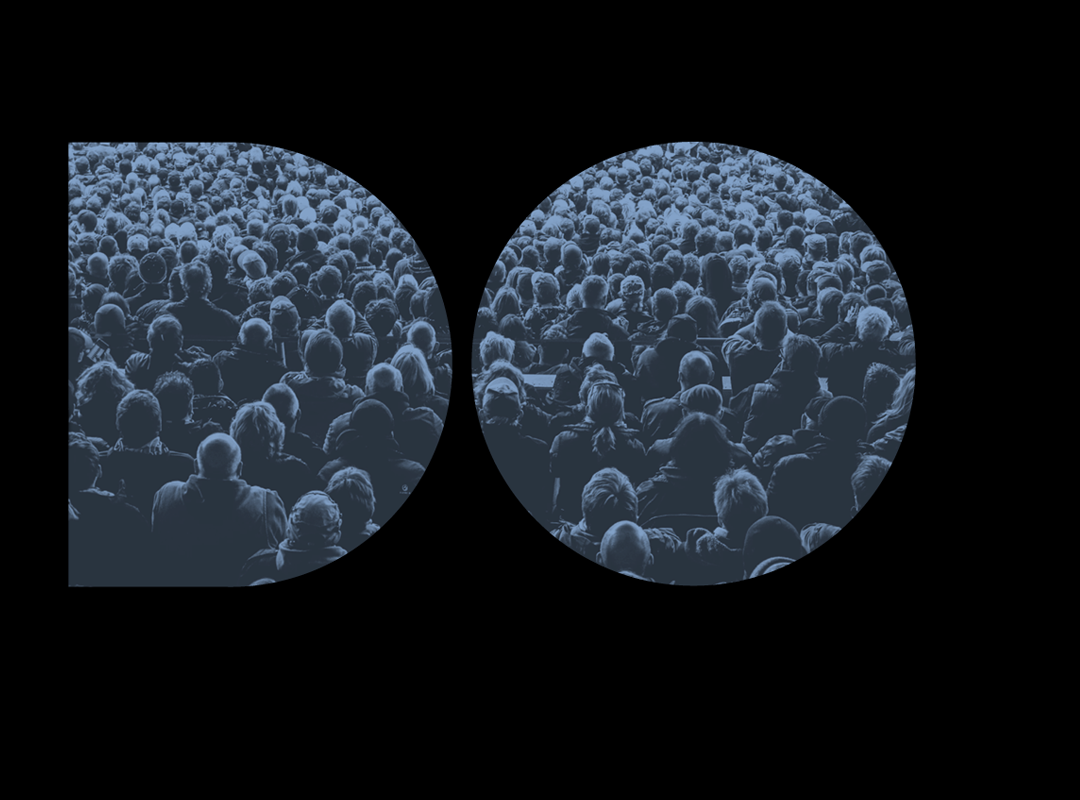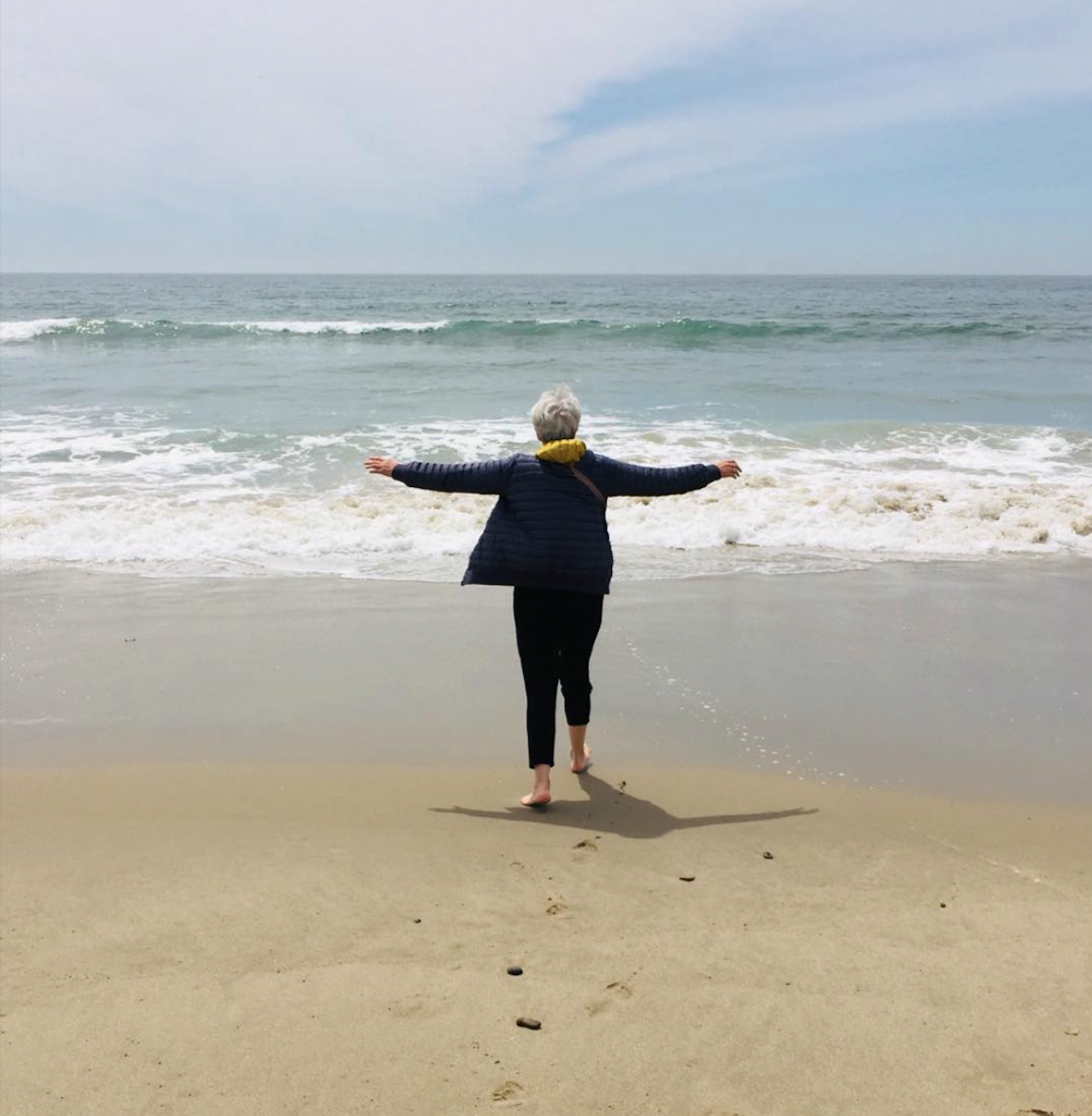
April 29, 2011
In T: High Fiber

Eszter Haraszty. Tracy. Introduced 1952. Courtesy Bard Graduate Center.
It sometimes feels as if no aspect of American midcentury modern design has been left unconsidered, unexhibited, unreissued. But there is undiscovered territory. You’re sitting on it.
“Knoll Textiles, 1945-2010,” at the Bard Graduate Center in Manhattan from May 18 to July 31, flips the story line on the brand’s famous chairs (Womb, Tulip, Diamond, Platner) by focusing on the fabrics rather than the frames.
Those are the opening lines of “High Fiber,” my preview in this weekend’s T Magazine of the upcoming exhibition. I have long loved the brilliant colors used in Knoll interiors, and this show brings many new names and new fabrics to light. Many of the textiles on display were found in attics, some of those the attics at very famous museums. When acquisitions of famous furniture came in, the bolts and scraps of upholstery were stored, awaiting rediscovery as design objects in and of themselves.

Evelyn Hill Anselevicius. Handwoven smaple ca. 1952. Philadelphia Museum of Art. Knoll samples at right (via The Moment).
Iit isn’t just the fabrics that are undiscovered territory, but the women who made them. There are a number of famous names, like Swedish architect Sven Markelius, whose 1952 contribution to the Knoll line, Pythagoras, graces the United Nations. But we haven’t heard much about Evelyn Hill Anselevicius, who moved from textile design of an extreme sort (see above) to a career as a weaver who was exhibited at the Philadelphia Museum of Art. The forthcoming catalog, from Yale University Press, includes new biographies for the designers (and textile department heads, like Suzanne Huguenin and Eszter Haraszty) shown in the exhibition, as well as an extensive company history.

Hella Jongerius. Borders. 2011. Maharam (via Design*Sponge).
The contemporary designer Evelyn Hill’s handwovens made me think of is Hella Jongerius, who has been exploring some old-fashioned crafty techniques in her fabrics for Maharam. Her latest, Borders, feels beautiful, and riffs on the menswear woolens Florence Knoll used in the early years, plus folkloric themes (a la Alexander Girard, whose Herman Miller fabrics competed with Knoll Textiles) and Jongerius’s own embroidered vases. All I miss is the color. Wouldn’t this look great in purple, with yellow triangles and a red dotted line? Knoll’s 1950s designers wouldn’t have been so timid.
Observed
View all
Observed
By Alexandra Lange
Recent Posts
A quieter place: Sound designer Eddie Gandelman on composing a future that allows us to hear ourselves think It’s Not Easy Bein’ Green: ‘Wicked’ spells for struggle and solidarity Making Space: Jon M. Chu on Designing Your Own Path Runway modeler: Airport architect Sameedha Mahajan on sending ever-more people skyward
 Alexandra Lange is an architecture critic and author, and the 2025 Pulitzer Prize winner for Criticism, awarded for her work as a contributing writer for Bloomberg CityLab. She is currently the architecture critic for Curbed and has written extensively for Design Observer, Architect, New York Magazine, and The New York Times. Lange holds a PhD in 20th-century architecture history from New York University. Her writing often explores the intersection of architecture, urban planning, and design, with a focus on how the built environment shapes everyday life. She is also a recipient of the Steven Heller Prize for Cultural Commentary from AIGA, an honor she shares with Design Observer’s Editor-in-Chief,
Alexandra Lange is an architecture critic and author, and the 2025 Pulitzer Prize winner for Criticism, awarded for her work as a contributing writer for Bloomberg CityLab. She is currently the architecture critic for Curbed and has written extensively for Design Observer, Architect, New York Magazine, and The New York Times. Lange holds a PhD in 20th-century architecture history from New York University. Her writing often explores the intersection of architecture, urban planning, and design, with a focus on how the built environment shapes everyday life. She is also a recipient of the Steven Heller Prize for Cultural Commentary from AIGA, an honor she shares with Design Observer’s Editor-in-Chief, 


